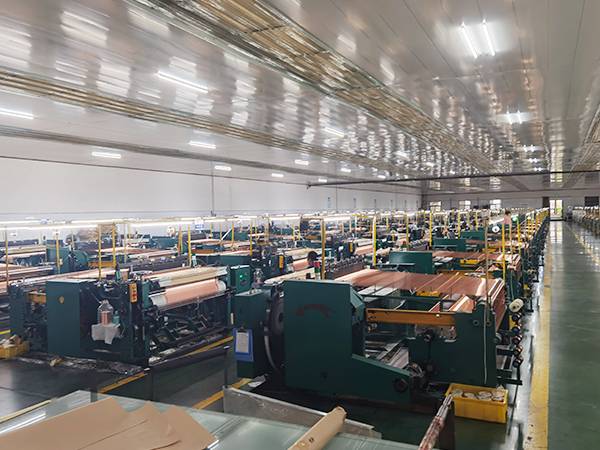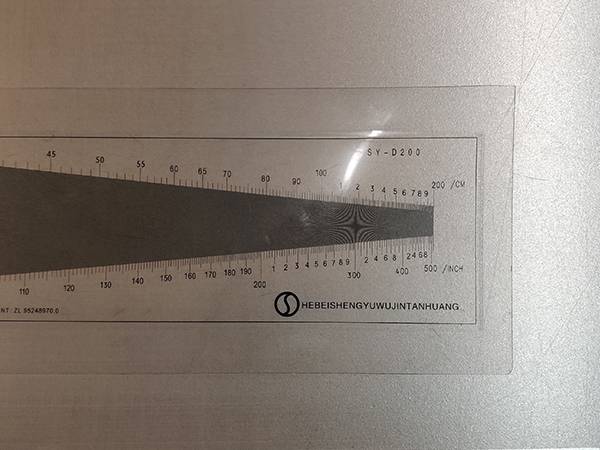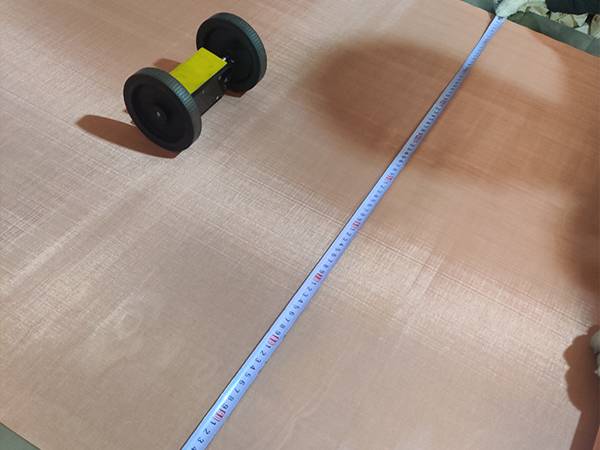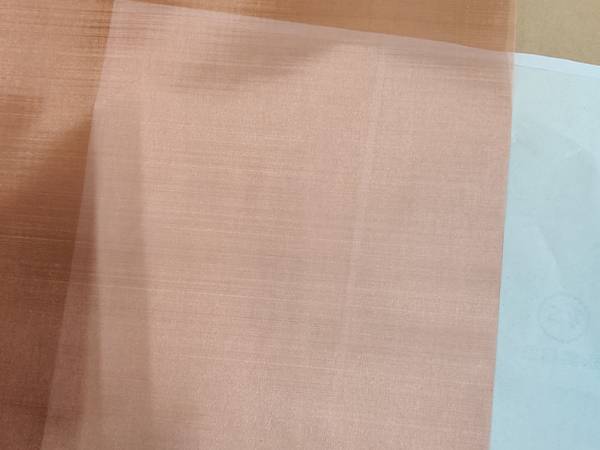How Does Metal Woven Mesh Shield Against EMI Radiation?
Metal woven mesh is particularly effective for EMI radiation shielding because it reflects and absorbs EMI energy. For this reason, metal woven mesh is often used for radiation shielding in a variety of electronic and communications equipment. This is because, in terms of the wavelengths of EMI radiation, the openings in the metal woven mesh are usually woven to a much smaller size than these waves, which causes the radiation waves to reflect off the surface of the mesh. In other words, metal woven mesh blocks our electronic and communication devices, protecting them from potentially harmful EMI energy.
When these EMI waves come into contact with the mesh surface, some of the EMI energy is converted into heat. This heat is absorbed into the metal wires and dispersed throughout the weave. In addition, EMI waves are scattered when they come into contact with the braided wire shielding, which means that the strength of the EMI energy bouncing off or through the mesh is reduced. As a result, woven mesh provides highly effective EMI radiation shielding to protect the surrounding environment and equipment.











